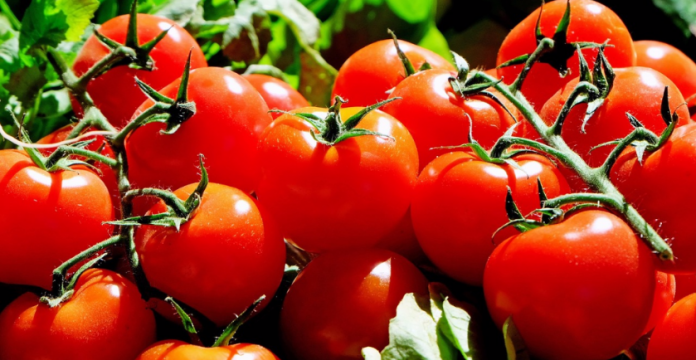
Lectins are getting a lot of attention in the health and wellness community lately, but what are they exactly and what do they mean for our health?
Some plants harbor proteins called lectins that may be at least partly responsible for weight gain and disease. In some cases, people consume these lectins and experience digestive problems normally attributed to gluten intolerance but they may actually be reacting negatively to lectins in plants. This raises an interesting question: are lectins the new gluten?
Read about 10 places gluten may be hiding in your gluten-free diet
According to cardiologist and heart surgeon Steven R. Gundry, MD, author of The Plant Paradox, eating foods that contain lectins may be behind unexplained weight gain and various illnesses. He notes that these plants are actually defending themselves-fighting back-against aggressors; When animals and people consume plants containing lectins, they get ill, which prompts them to avoid the plants in the future.
When we eat something and don’t feel well, we often take an antacid or other medication to relieve our discomfort, and continue eating that food. An estimated 30 percent of fresh foods contain lectins-even gluten. Gluten is actually a minor type of lectin, but because lectins are found in foods other than grains, eating gluten-free foods might not solve all our digestive issues.
Foods that contain lectins
Foods rich in lectins include nightshades (e.g., tomatoes, peppers, eggplant), legumes, and grains. Plants at the low end of the scale (i.e., have low levels of lectins) include citrus, berries, apples, cauliflower, squash, leafy greens, and sweet potatoes. Grains contain a minor amount of lectins.
Read more about foods that promote healthy digestion
If you include lots of foods containing lectins in your diet, it could result in chronic inflammation. Chronic inflammation has been associated with arthritis, allergies, heart disease, lupus, inflammatory bowel disease, dementia, and Parkinson’s disease, among other health challenges.
Are you intolerant of lectins?
The easiest way to discover whether you are intolerant of certain foods is to eliminate them from your diet for a while and then slowly reintroduce them one at a time to see if your symptoms come back. This approach is known as an elimination diet. Because lectins are found in so many foods at various levels, the best plan is to eliminate the foods that are highest in lectins, such as tomatoes, peppers, and eggplant, for example. If your symptoms return once you reintroduce lectin-rich foods, then lectin is likely the issue. If not, your digestive problems may be related to gluten.
How to easily avoid lectins
Lectins are a bit more challenging to avoid than gluten since so many more foods contain at least some level of the protein. Here are a few tips to help you avoid lectins, or at least greatly minimize your intake.
Choose ripe fruits. When fruits are ripe and in season, they contain less lectins.
Peel and de-seed. Lectins tend to be present in the highest concentrations in the seeds, peels, and leaves of plants. If you peel and de-seed your vegetables (e.g., especially tomatoes and peppers), then you reduce their lectin content.
Skip whole grains and seeds. Although we normally emphasize the importance of choosing brown rice over white and selecting whole grains over refined ones, in this case, the outer coatings of whole grains and seeds are rich in lectins.
Avoid corn and range-fed beef. Eating corn can cause fatty deposits in the muscles, and range-fed beef hides the fact that the animals are consuming corn. In the latter category, if you eat beef, choose pasture-fed beef.
Choose certain veggies. The best veggies to choose when you want to limit consumption of lectins are cruciferous varieties (e.g., broccoli, cauliflower, Brussel sprouts), leafy greens, asparagus, garlic, celery, mushrooms, onions, olives and extra virgin olive oil, avocado, and sweet potatoes.
Pressure cook and soak. Preparing foods in a pressure cooker can significantly reduce their lectin content. To reduce lectins in beans, soak them longer-12 hours or more.
Are lectins the new gluten? For some people, this may be true. If you suspect lectins may be a source of your digestive distress and/or weight issues, try the elimination diet and see what happens!
Sources
Gundry Steven R. The Plant Paradox: The Hidden Dangers in “Healthy” Foods that Cause Disease and Weight Gain. New York: HarperCollins, 2017.
Gundry Steven R. 15 ways to reduce lectins in your diet. 2017 May 23.
Mercola J. The case against beans and other foods containing toxic lectins. 2017 May 22.




